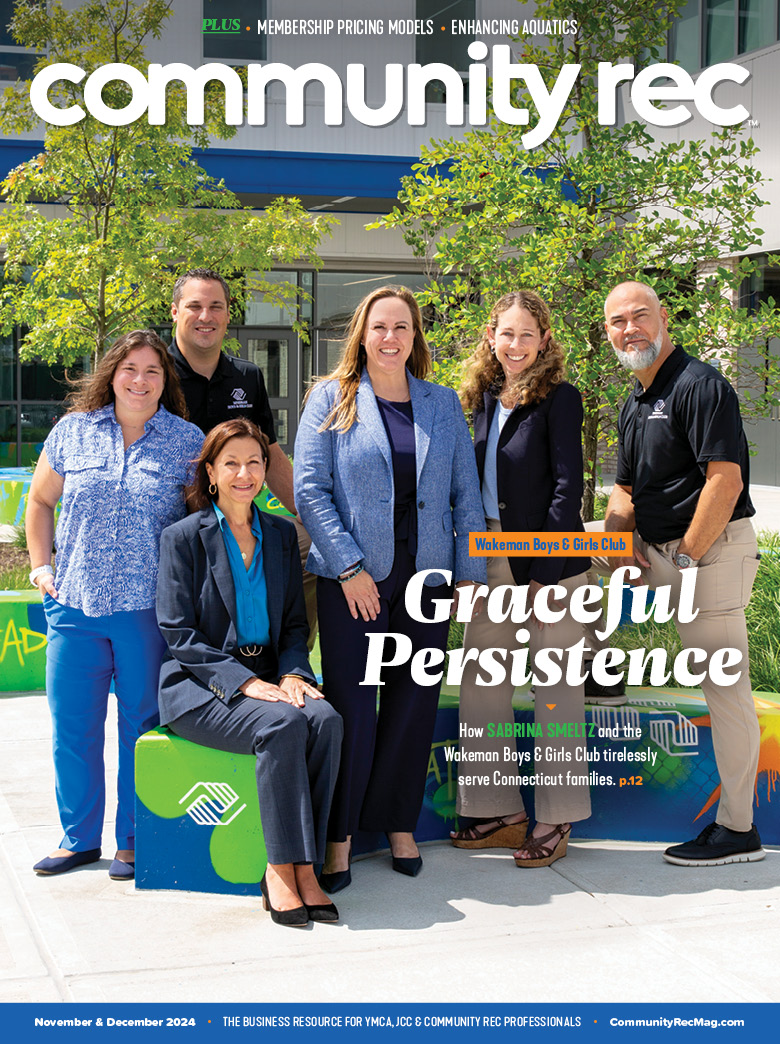Holly Metzger-Brown, the learn and play director at the York Jewish Community Center, shares a unique idea for making mundane tasks fun for all ages.
Most of us enjoy playing games, watching games and feeling the energy of a game. We especially enjoy watching games that are accruing in the moment in comparison to watching a game that happened in the past. We also experience a different kind of enjoyment when we are playing a game versus watching a game. The more you use your senses to experience a game, the more memorable and captivating the experience is. The smells in the air, the wind blowing on your skin, the sound of the crowd cheering, the 3D visual of the event, and the taste of certain foods at the stadium all can help create a memorable, fun experience.
When it comes to games, there are many types, including board games, card games, video games, sports games, relay races — you can make almost anything into a game. So, if we know the power of playing a game, watching a game and being part of a game, why aren’t we creating more movements in our life that mirror the components of a game experience?
There are many simple components of a game that consist of themes, such as the time to complete the game, scoring or stopping someone on the other team from scoring, and having more points than the other person or the other team. In some games, you can receive a variety of points for performing different challenges that are normally based on the difficulty required to perform the challenge, such as a three-point shot versus a two-point shot in basketball.
The most powerful game experience is the one that you participate in during the current moment — the game that produces immediate feedback, such as hearing the crowd clap after making a basket, kicking a goal and seeing the point go on the score board, collecting Mario coins in a video game and hearing and seeing your points go up, finding Pokémon during Pokémon GO, getting to the next level of Minecraft, seeing the bowling ball knock off the bowling pins, or placing your game piece move closer to the end of a board game. The list of games is endless.
What would it look like if we took these simple game concepts to our classrooms, lessons, home and work, and placed them in our daily lives? Here is one idea to make mundane tasks more exciting:
Let’s say you have five mundane tasks on your to-do list and they’re so boring you don’t think you will ever complete them. Try this:
- Start with making a scoreboard by writing down the five tasks that need to be completed.
- Set a timer for a realistic yet challenging time period to complete all five tasks.
- Then make a game in which you earn a point after completing each task.
You get to decide if there will be an activity, item or edible you will be able to access after you earn five points. One example is once you have five points, you are allowed to purchase an iced coffee with whipped topping.
A few suggestions for once you get started: Start the timer, play music to add to the game-like experience and try to limit any distracting items such as your cell phone ringing during the middle of your game. Finally, if you complete all tasks by the time your buzzer goes off, you win the game!










